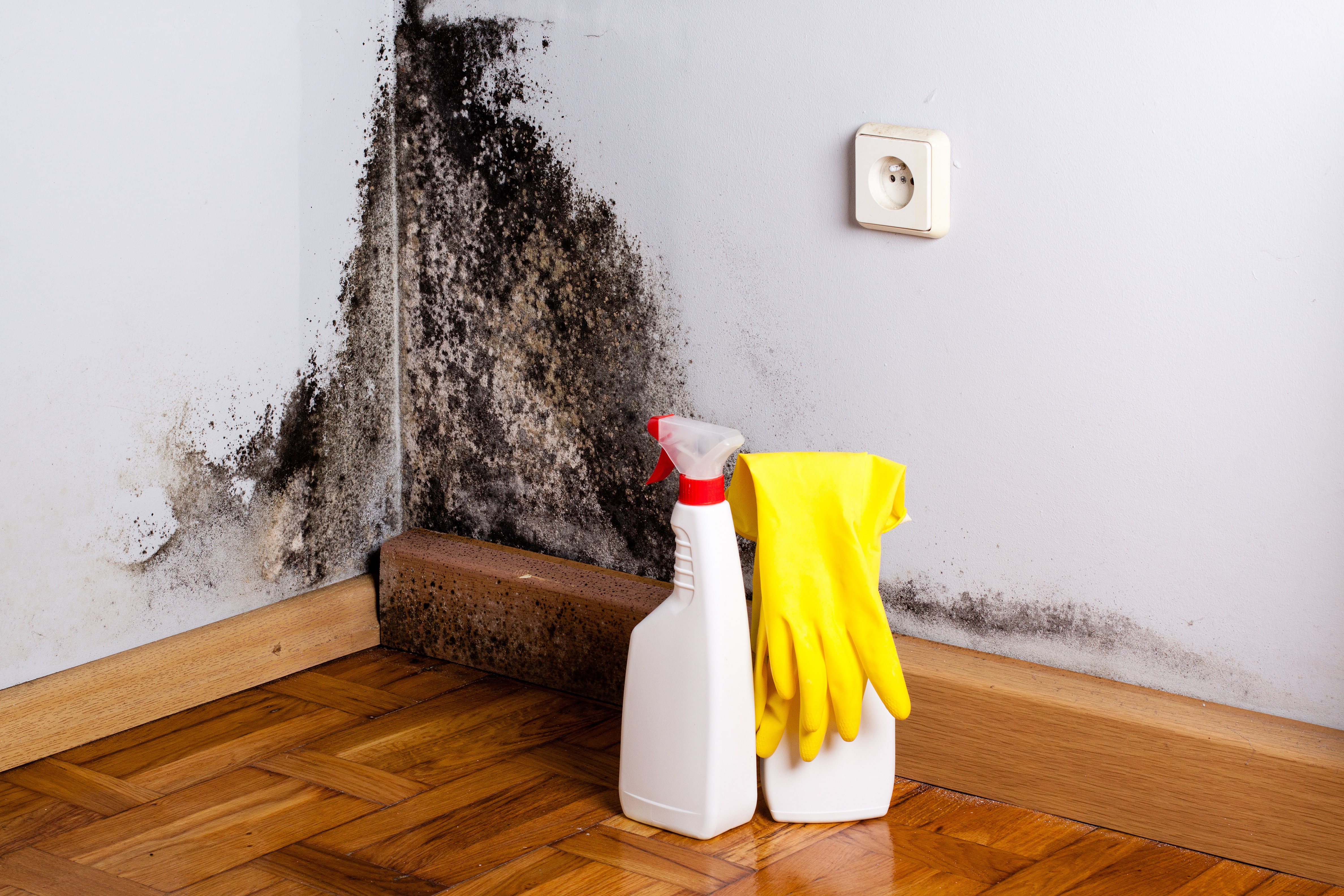There are a lot of different asthma triggers in Red Hook, including outdoor factors like truck pollution and indoor factors like vermin, smoking, and one of the most common triggers: mold.
“One of the frustrating things is medication alone isn’t enough to treat asthma if someone is going to continue to get exposed to these factors that can exacerbate their asthma,” said Dr. Paulo Pina, an NYU Langone doctor. “We have to address their living environment in order to make a big dent in asthma care for children, like so many living in the Red Hook Houses.
“I also had one family who was coming in regularly with a cough and we were doing medications but it wasn’t controlled. One of the things we do often is to partner with community organizations to do a home visit. We did that and in this case, one of the issues was mold in the bathroom. I wrote a letter to the landlord for the mother highlighting how important it was to get the repairs done and they got the work done. I now haven’t seen them in three months so I think it made a big difference.”
This case was just one example of the health issues mold can trigger, and unfortunately, cases like this one are very common throughout New York City, but especially in Red Hook.
ABC 7 reported on a 2018 study in which more than 200 NYCHA tenants across the city were interviewed and found that “59 percent said they had mold problems and a whopping 72 percent said NYCHA failed to complete the repairs.” With thousands of tenants living in the Red Hook East and West houses, this is a really big problem here.
The Red Hook Initiative did a study on mold in 2016 focusing specifically on Red Hook and found that “Mold and leaks are rampant in Red Hook New York City Housing Authority [NYCHA] apartments… Out of 280 respondents, 40 percent said they currently have mold and 94 percent have had leaks and mold in the past.”
The study also included a community health assessment which “found 40 percent of respondents at some point had mold in their apartments. Of those who claimed they have asthma, 33 percent had mold in their apartments. The report also found disproportionate rates of asthma in public housing as compared to private homes in the 11231 zip code.”
In an important 2013 court case (Baez v. NYCHA,) in which a “Tenant’s advocacy group including the South Bronx Churches, Manhattan Together, and a number of individual tenants notified NYCHA of their intent to file a class-action suit.”
The suit was settled in 2014 with a few important takeaways including that NYCHA takes seven days on average for simple repairs and 15 days on average for more complex repairs. NYCHA must also contact tenants within 60 days to determine if the repairs were successful.
Unfortunately, while that sounds good in theory, the truth is it usually takes much longer to get those repairs done. One resident, who asked not to be named said that it took “more than six months” to get mold in her apartment cleaned up. Another man who asked not to be named said that for years he has had ongoing issues with mold in his apartment and these issues have yet to be resolved.
Director of Housing and Civil Justice, Ross Joy (from the Red Hook Community Justice Center) said it is an issue with which he is very familiar. One important point he made clear is that asthma is considered a disability which means NYCHA must comply with the Americans with Disabilities Act (ADA.) ADA is a law that prohibits discrimination based on disability and tenants can file a disability rights claim if this law is violated.
“The first thing [to do when dealing with mold] is making sure the tenant gets in contact with the landlord when they find mold in an apartment whether that’s with NYCHA or not,” Joy said. “There’s a ticketing system for NYCHA tenants and they can use the ‘MyNYCHA’ site to report a concern. There’s also the customer service contact center which is (718) 707-7771.
“Tenants living in Brooklyn can file an HP which is a court case where you allege that there are housing violations and that too much time has passed without the landlord fixing them. We can actually help any Brooklyn resident file an HP Action here at the Justice Center [88 Visitation Pl.] An HP case would involve a city inspector to come out so if you live in a NYCHA building it’s not another NYCHA employee but an outside independent agency. The inspector will write up a report and often mold issues are considered ‘B’ violations which means 30 days [to resolve the problem.] Unfortunately, we still see a lot of delays even after this process which speaks to the larger issue of NYCHA needing funding.”
One thing that is certain is that in New York State landlords are obligated to ensure their tenants’ homes are habitable (which includes making sure they do not have mold.) It is also clear that the Red Hook Community Justice Center is a great resource for anyone who is dealing with mold in their apartment (whether they are in a NYCHA building or not.)









